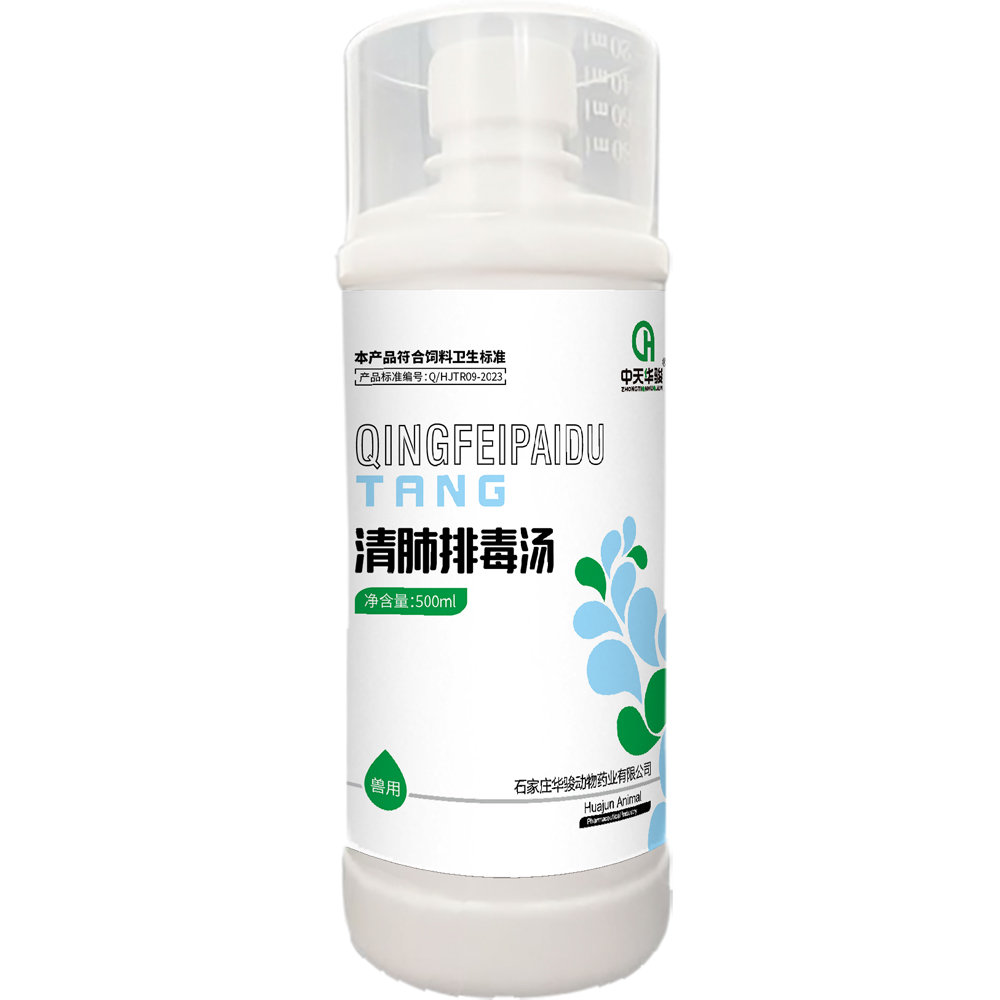
12-р сар . 12, 2024 10:40 Back to list
pasteurellosis in poultry factory
Pasteurellosis in Poultry Factories An Overview
Pasteurellosis, a bacterial infection caused by the genus Pasteurella, is a significant health concern in poultry farming and processing facilities. This article aims to explore the etiology, epidemiology, clinical signs, economic impact, and control measures related to pasteurellosis in poultry factories.
Understanding Pasteurellosis
Pasteurella multocida is the primary species responsible for pasteurellosis in poultry. It is widely distributed in nature and can be isolated from various animals and environmental sources. The bacterium normally resides in the respiratory tract of healthy birds and can become pathogenic under certain conditions, such as stress, overcrowding, or concurrent infections. Pasteurellosis manifests in two main forms respiratory disease and septicemic disease.
Epidemiology
The disease is highly contagious and can be transmitted through direct contact with infected birds or indirectly via contaminated feed, water, or equipment. The risk of outbreaks increases in environments where birds are kept under stressful conditions, such as in commercial poultry factories where large numbers of birds are housed closely together. Factors contributing to the spread of Pasteurella multocida include poor sanitation, inadequate ventilation, and high-density populations.
Clinical Signs
In poultry, pasteurellosis often presents with a range of clinical signs that can vary based on the form of the disease. Symptoms may include respiratory distress, nasal discharge, coughing, and lethargy. In more severe cases, birds may exhibit signs of septicemia, including sudden death, swelling around the head, and severe depression. In broiler chickens, pasteurellosis can lead to significant mortality rates, particularly in younger birds that may not have fully developed immune systems.
Economic Impact
The economic burden of pasteurellosis on poultry factories is substantial. The disease not only leads to mortality and morbidity among birds but also affects production efficiency, resulting in decreased weight gain and reduced egg production. The costs associated with treatment, biosecurity measures, and potential losses from culling affected flocks can add up quickly. In addition, the impact of an outbreak can extend beyond immediate financial losses, potentially affecting the reputation of poultry producers and the marketability of their products.
pasteurellosis in poultry factory

Control and Prevention
Effective control of pasteurellosis in poultry factories requires a multi-faceted approach. Key strategies include
1. Vaccination Vaccination against Pasteurella multocida is an essential preventive measure. Several vaccines are available, and their use can significantly reduce the incidence of the disease. Regular vaccination programs are vital for maintaining flock immunity.
2. Biosecurity Measures Implementing strict biosecurity protocols is critical to preventing the introduction and spread of Pasteurella multocida. This includes controlling access to poultry facilities, ensuring proper sanitation of equipment and housing, and monitoring bird health frequently.
3. Environmental Management Maintaining optimal environmental conditions in poultry houses, including good ventilation, appropriate stocking densities, and maintaining a clean and dry environment, is crucial in minimizing stress and reducing disease susceptibility.
4. Stress Reduction Managing factors that contribute to stress in poultry, such as overcrowding, poor nutrition, and abrupt changes in housing or feeding practices, can help to mitigate the risk of pasteurellosis outbreaks.
5. Monitoring and Surveillance Ongoing health monitoring and surveillance of flocks can facilitate the early detection of pasteurellosis and other emerging diseases. This proactive approach enables timely interventions to prevent outbreak escalation.
Conclusion
Pasteurellosis poses a significant challenge in poultry factories, affecting bird health, economic welfare, and productivity. By adopting comprehensive control measures that encompass vaccination, biosecurity, environmental management, and vigilant monitoring, poultry producers can effectively reduce the incidence of this disease. Continuous education and training for workers regarding the recognition of symptoms and adherence to biosecurity protocols are equally important. As the poultry industry evolves, proactive measures against pasteurellosis will be crucial for ensuring the health of birds and the overall sustainability of poultry production.
-
Immunovital Fish Feed Factory | AI-Optimized Nutrition
NewsAug.03,2025
-
Quality Bacillus Coagulans BC30 Factory - Expert Production
NewsAug.02,2025
-
China Salivation AI with GPT-4 Turbo Features
NewsAug.01,2025
-
Epic Sepsis Factories: AI-Driven Detection with GPT-4 Turbo
NewsJul.31,2025
-
Acute Salpingitis and Oophoritis AI Factory
NewsJul.31,2025
-
Premium China Bacillus Subtilis Supplier & Factory Solutions
NewsJul.30,2025




